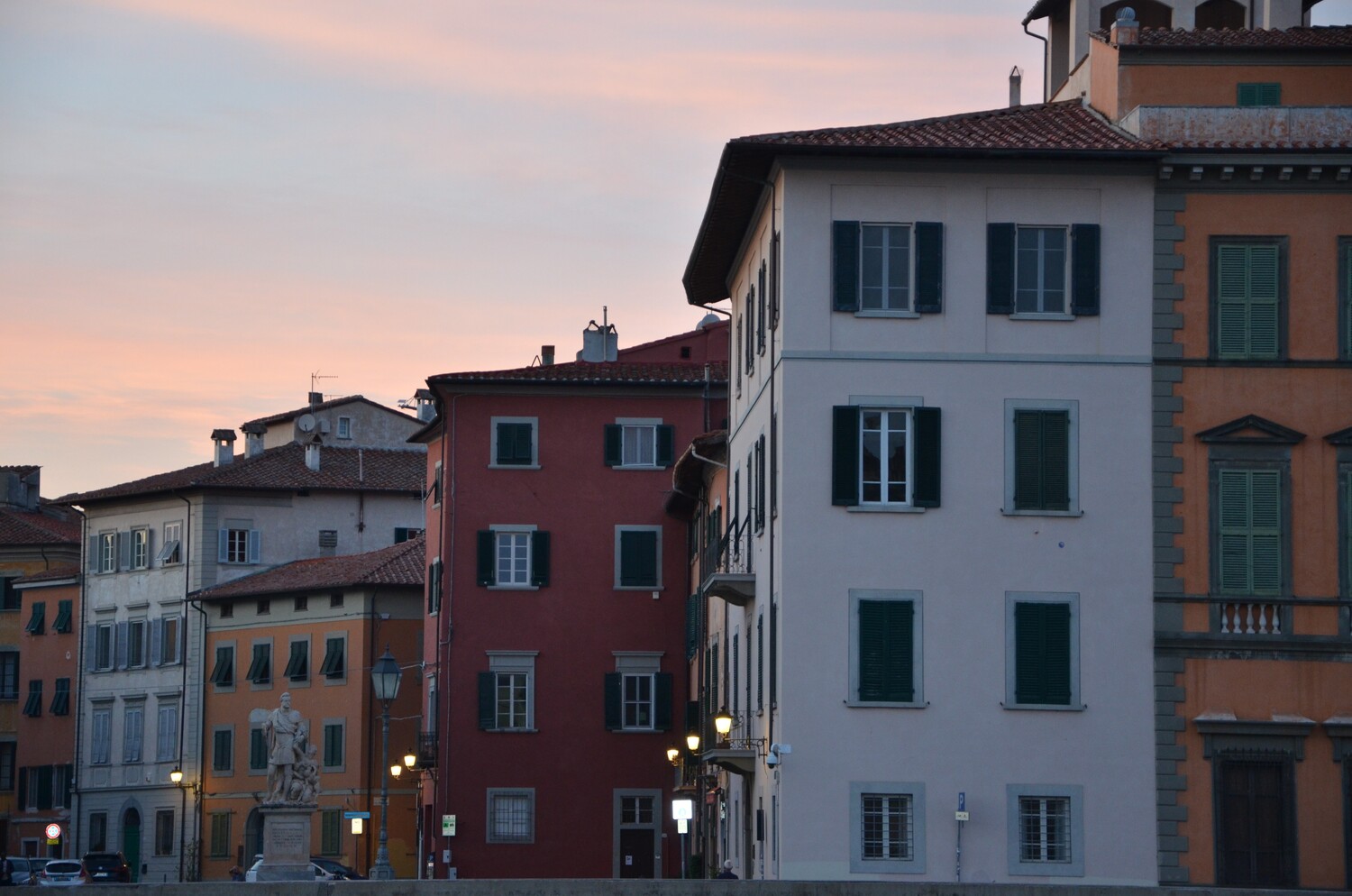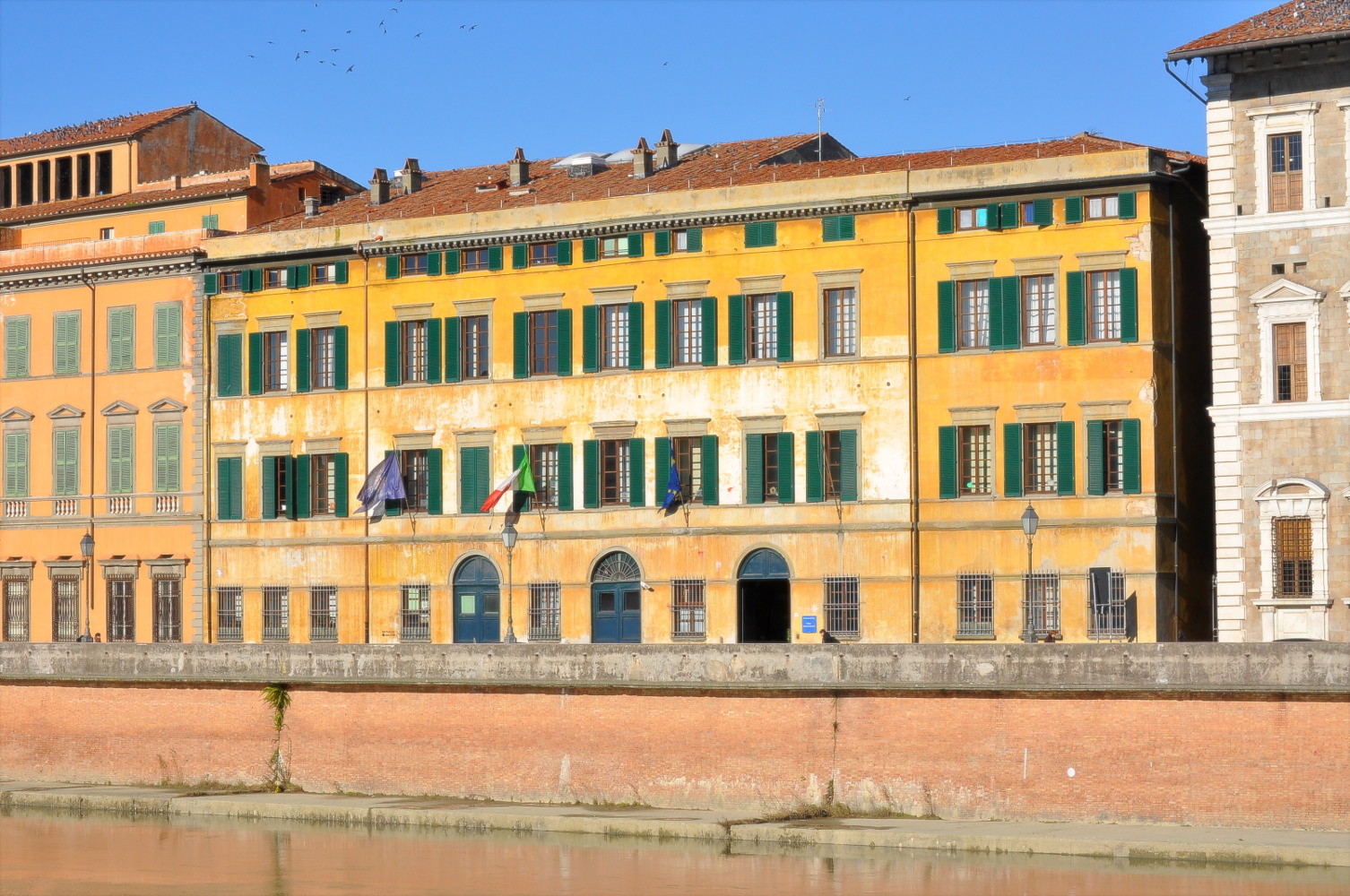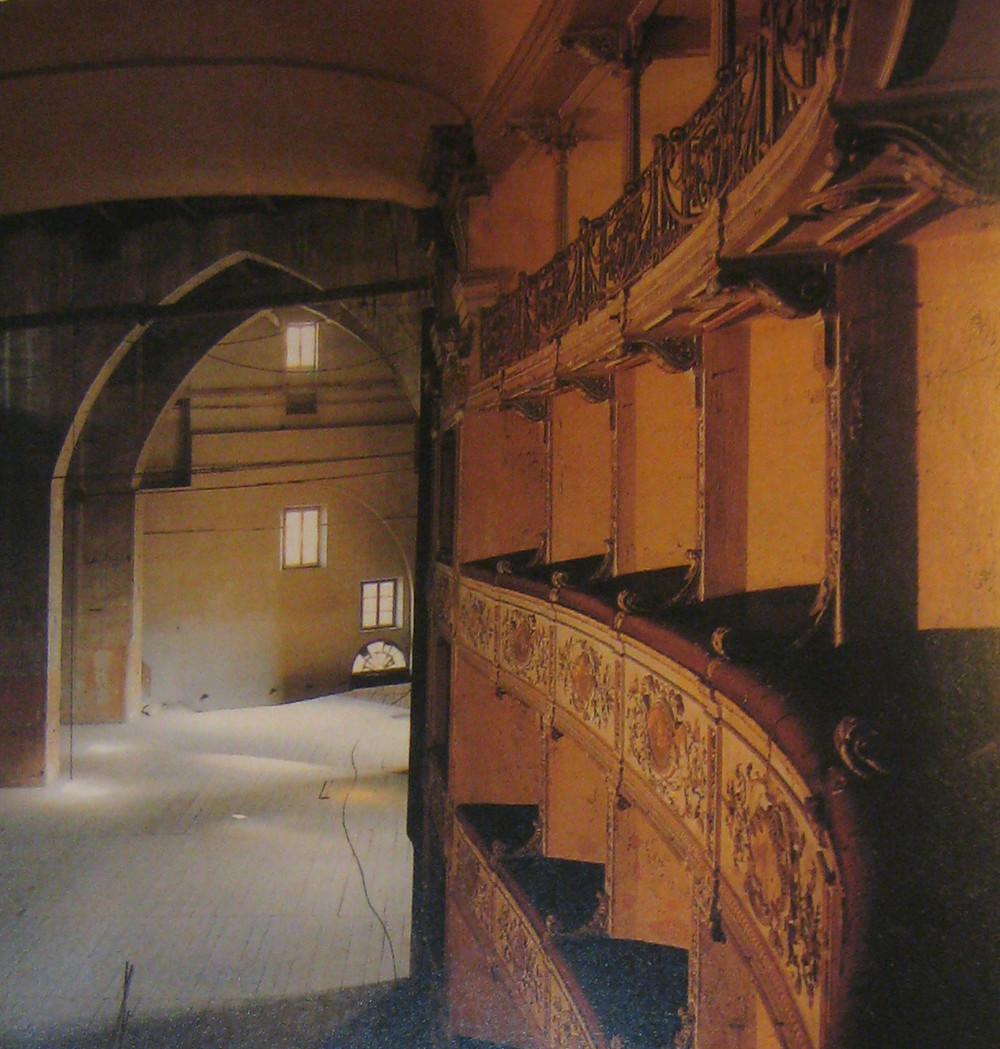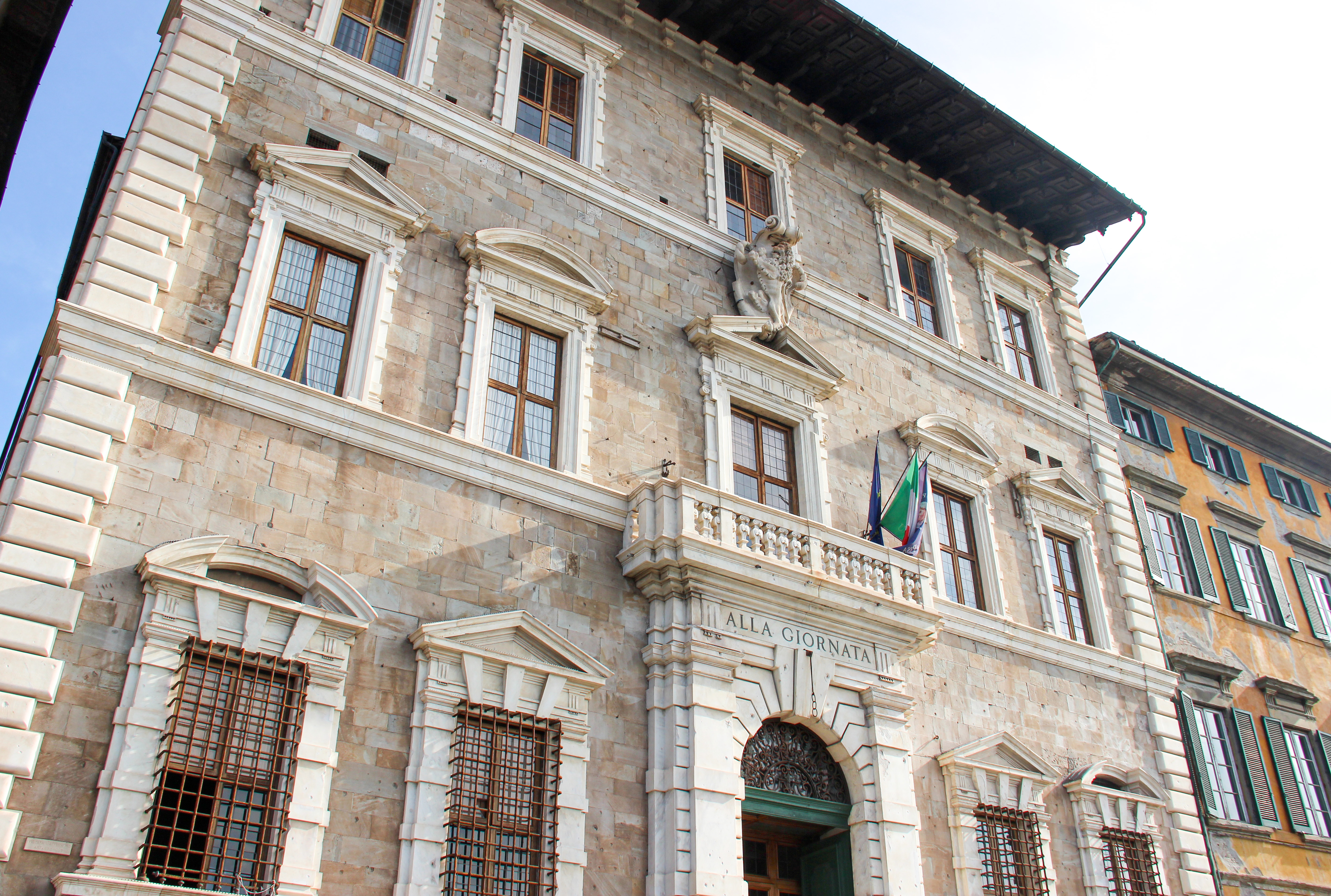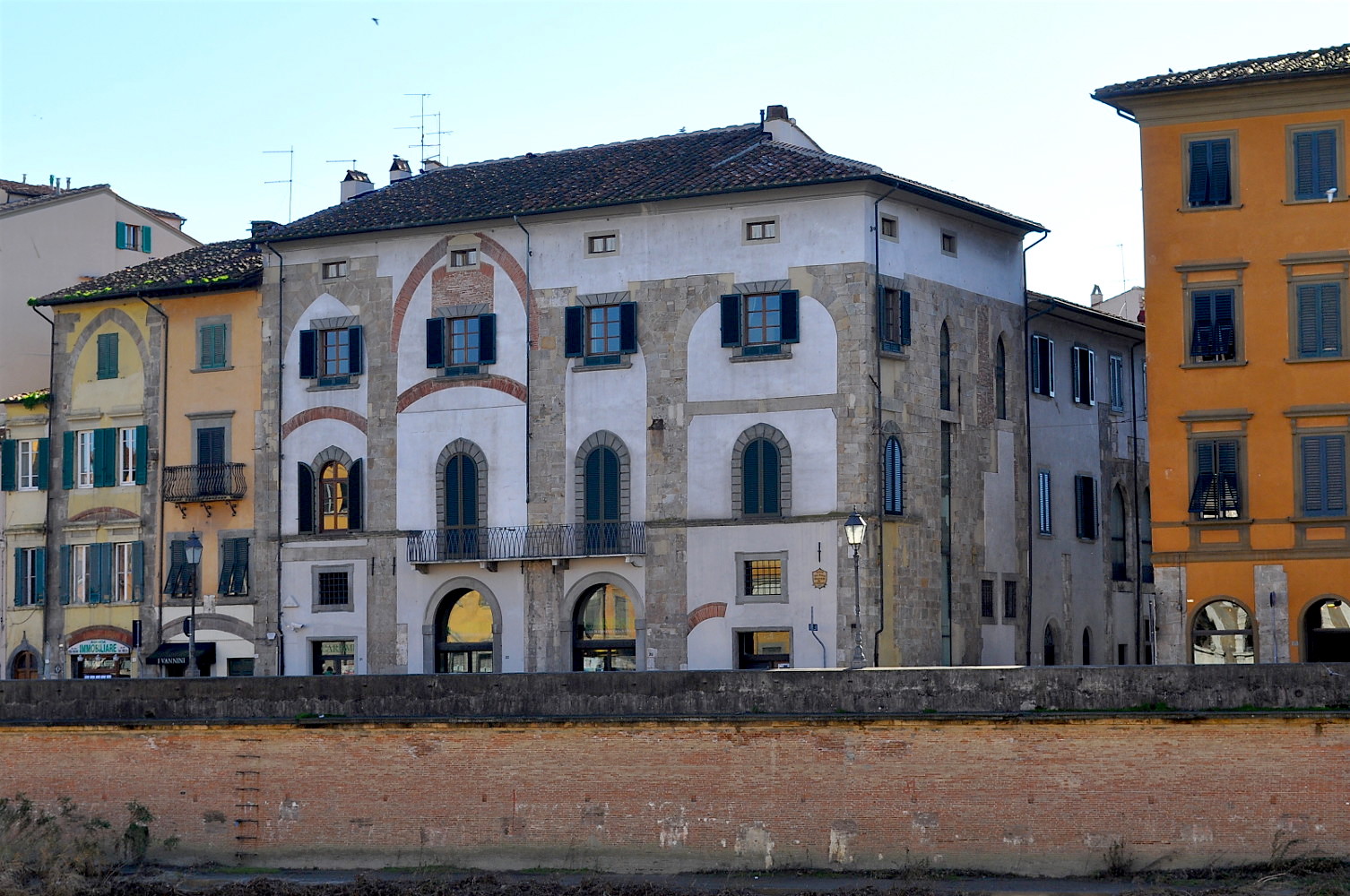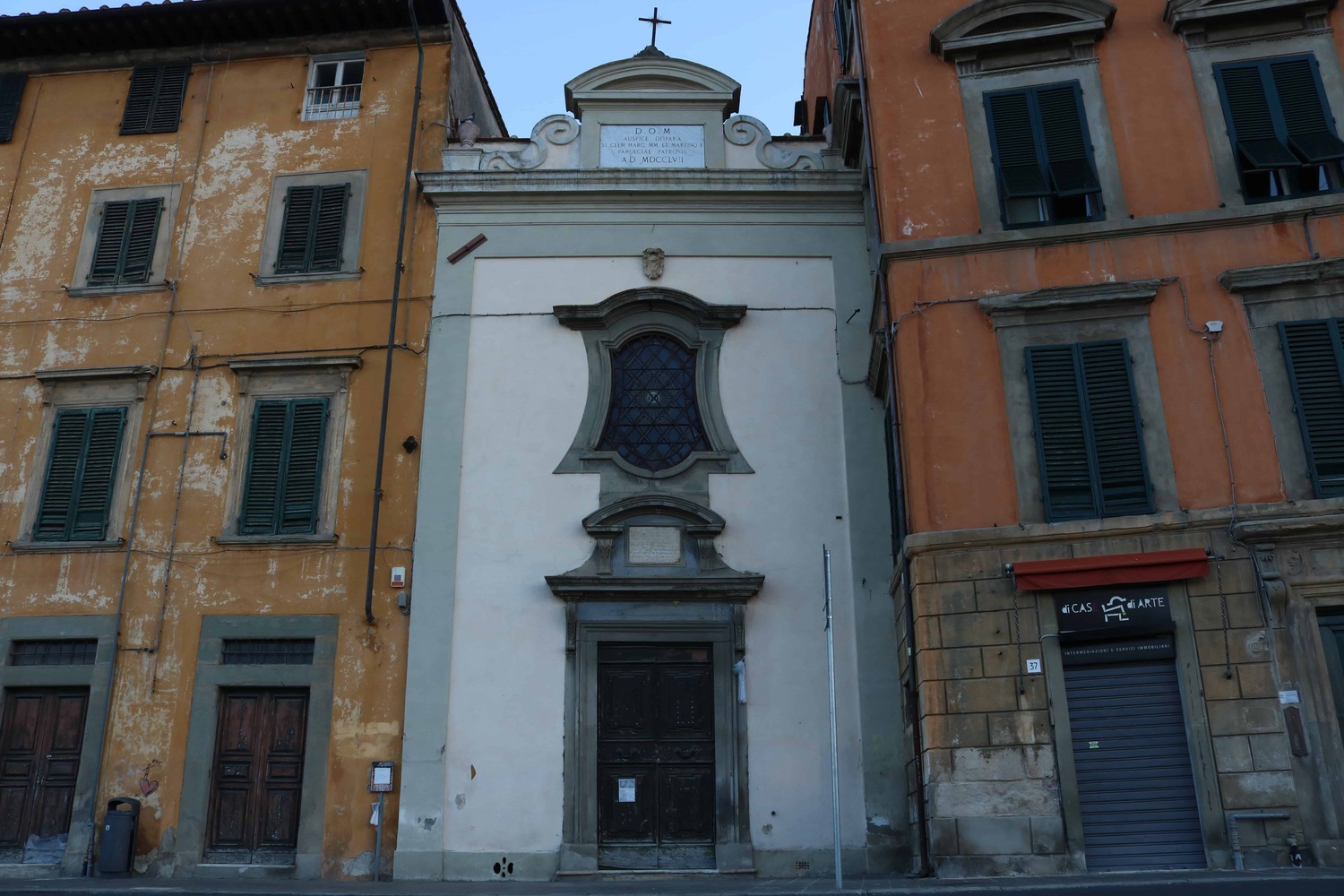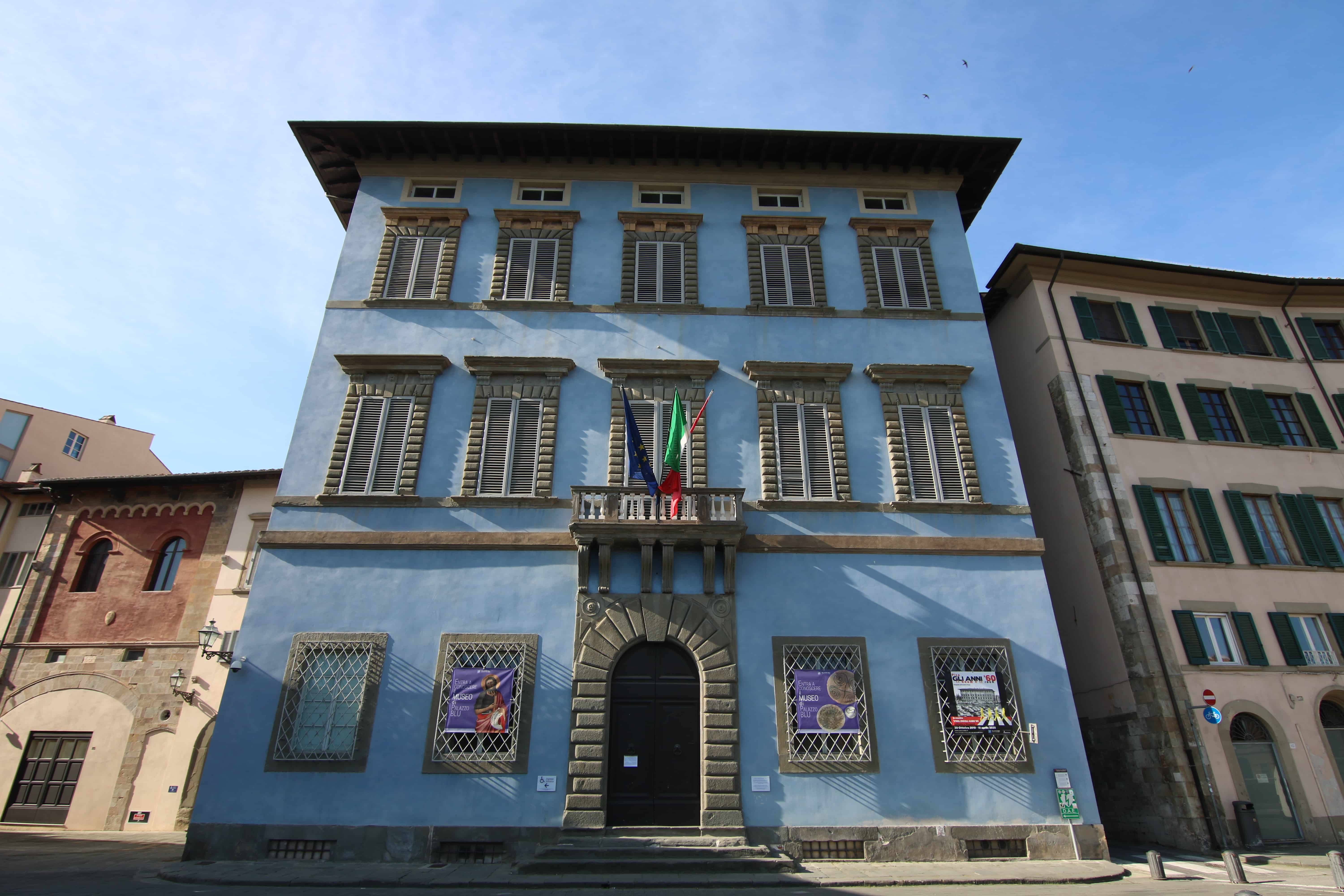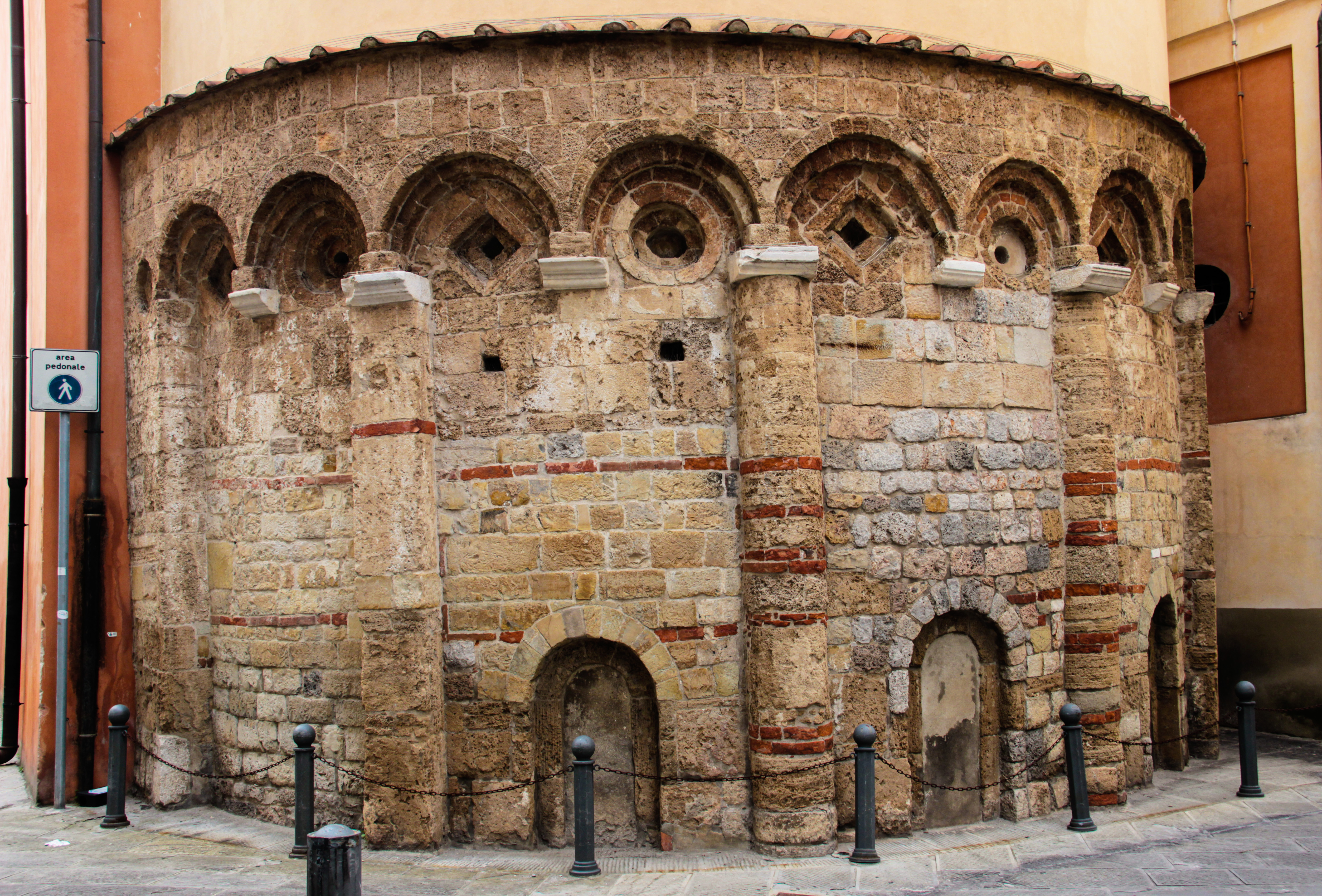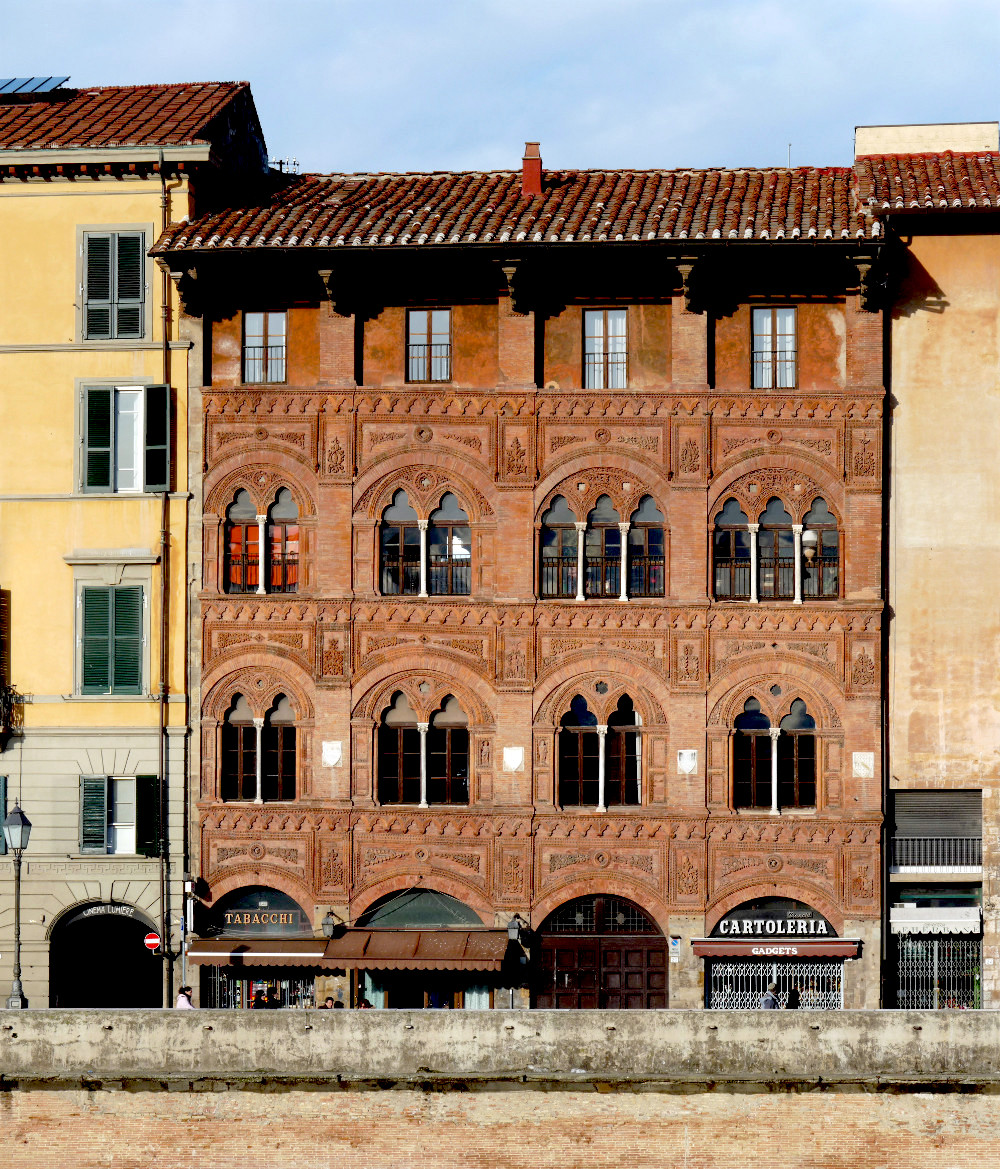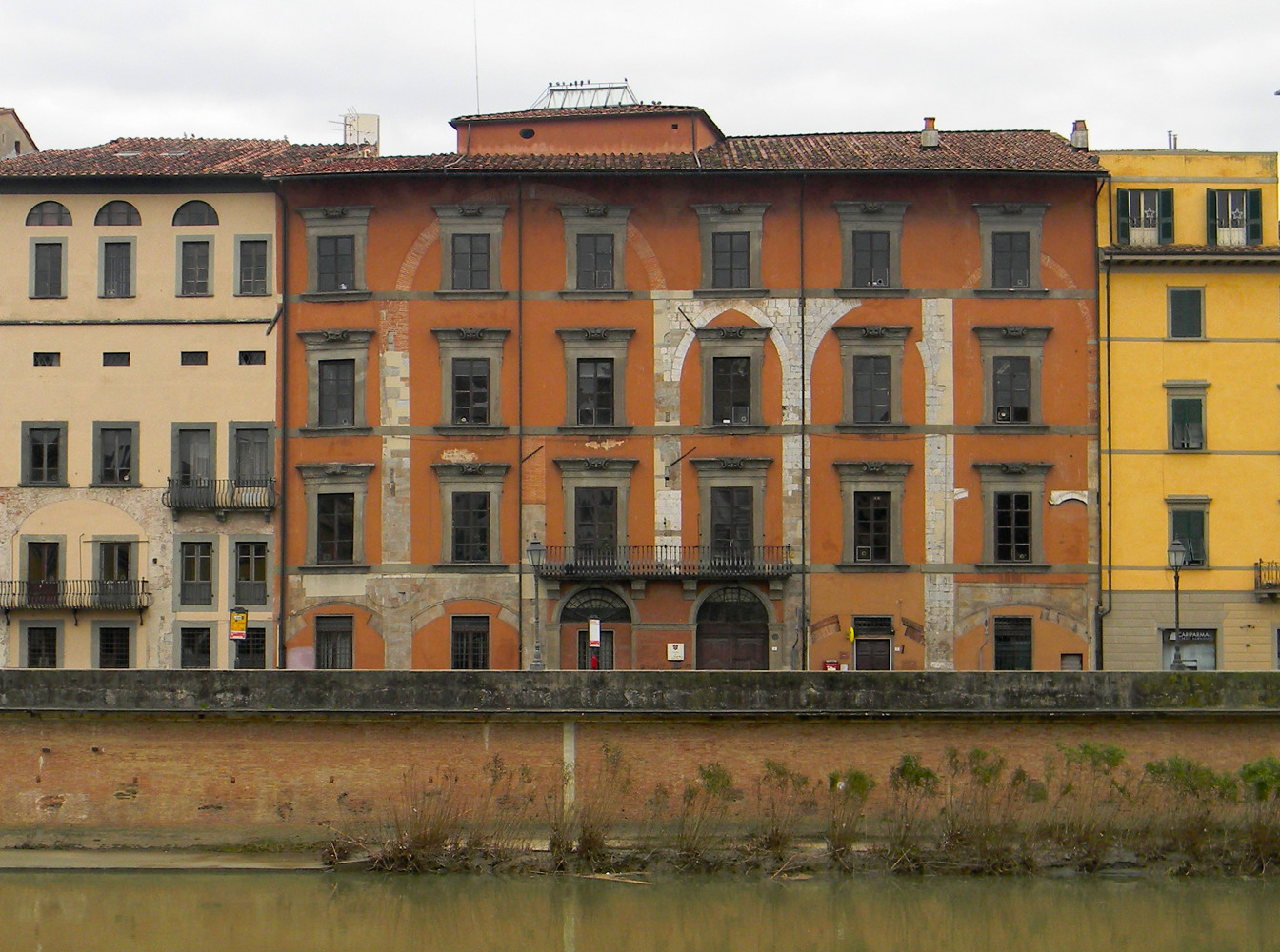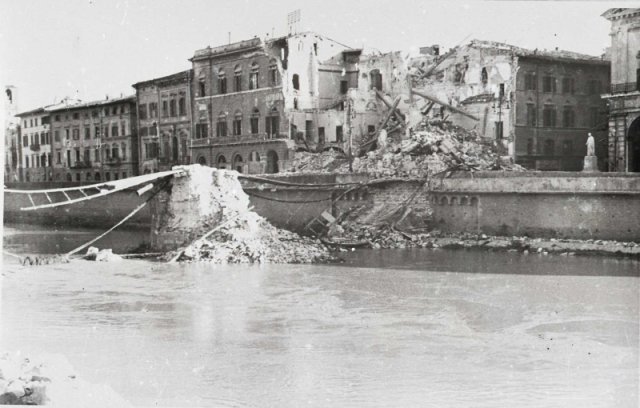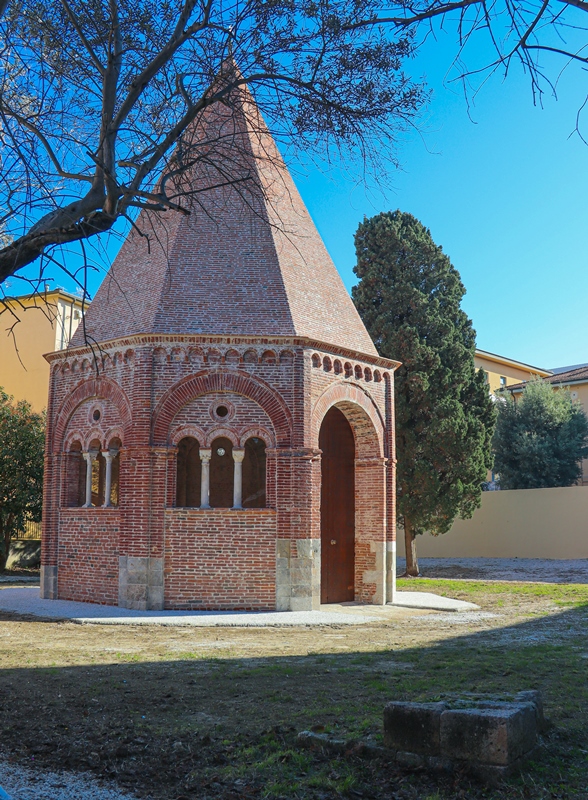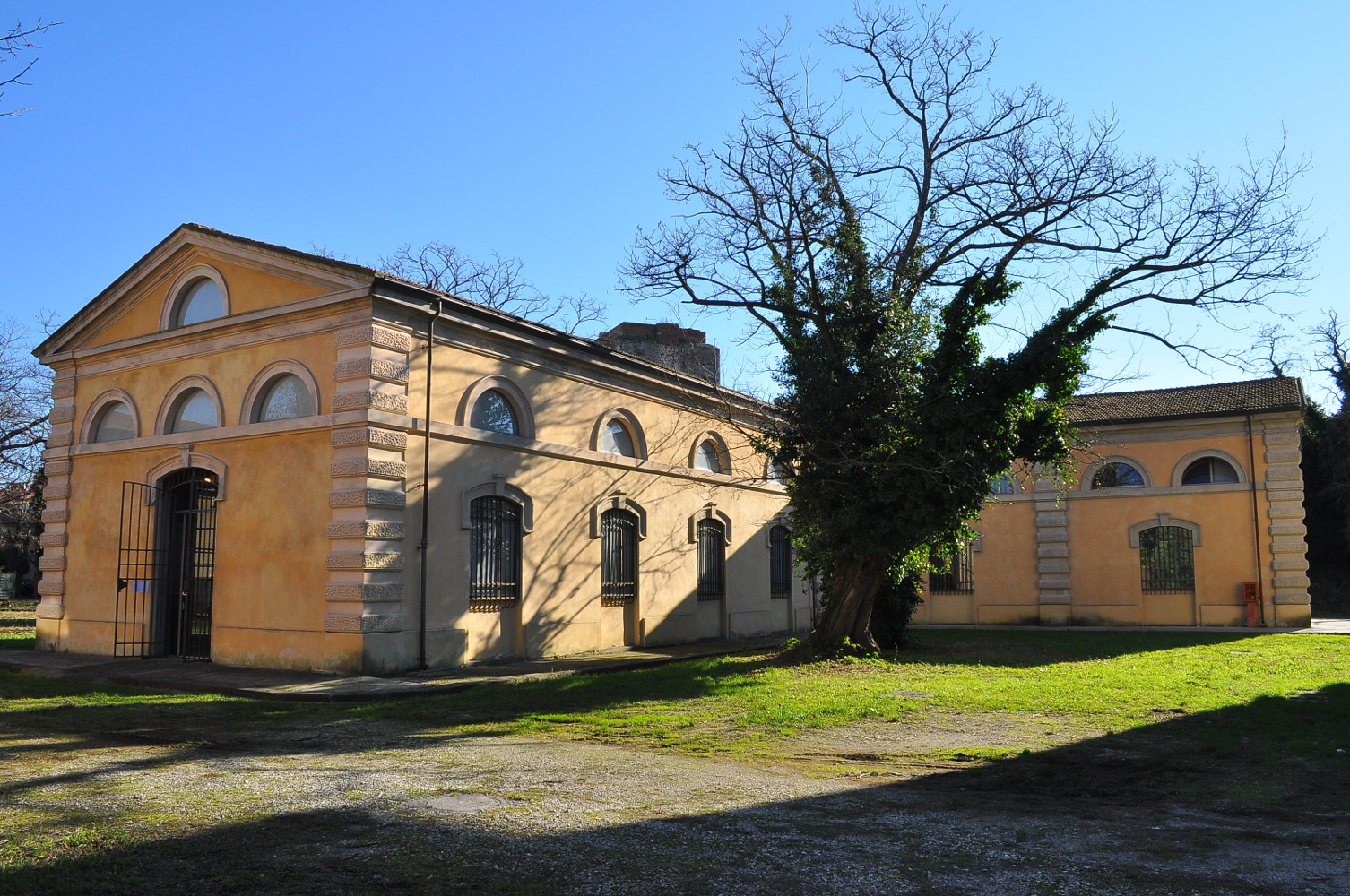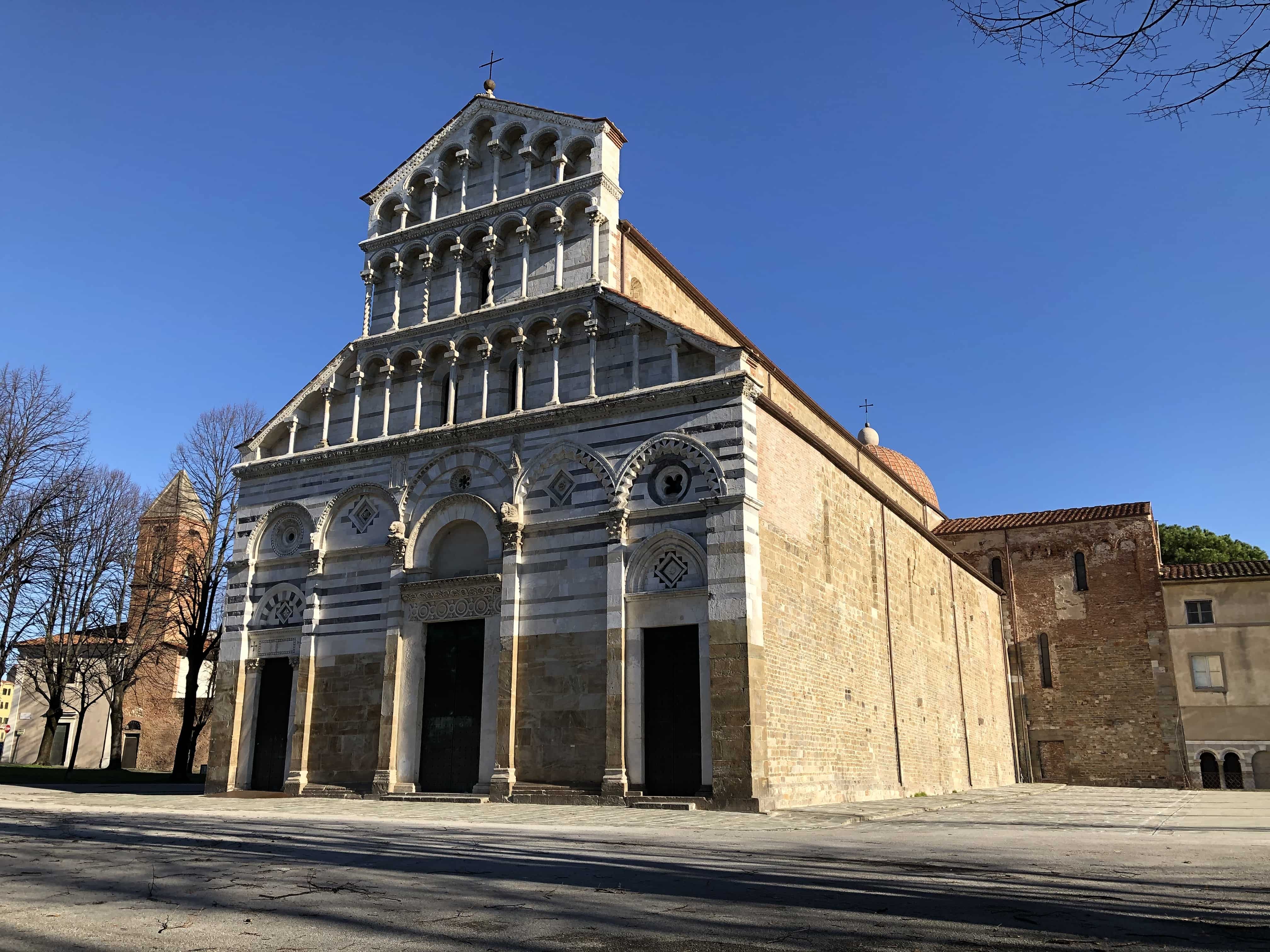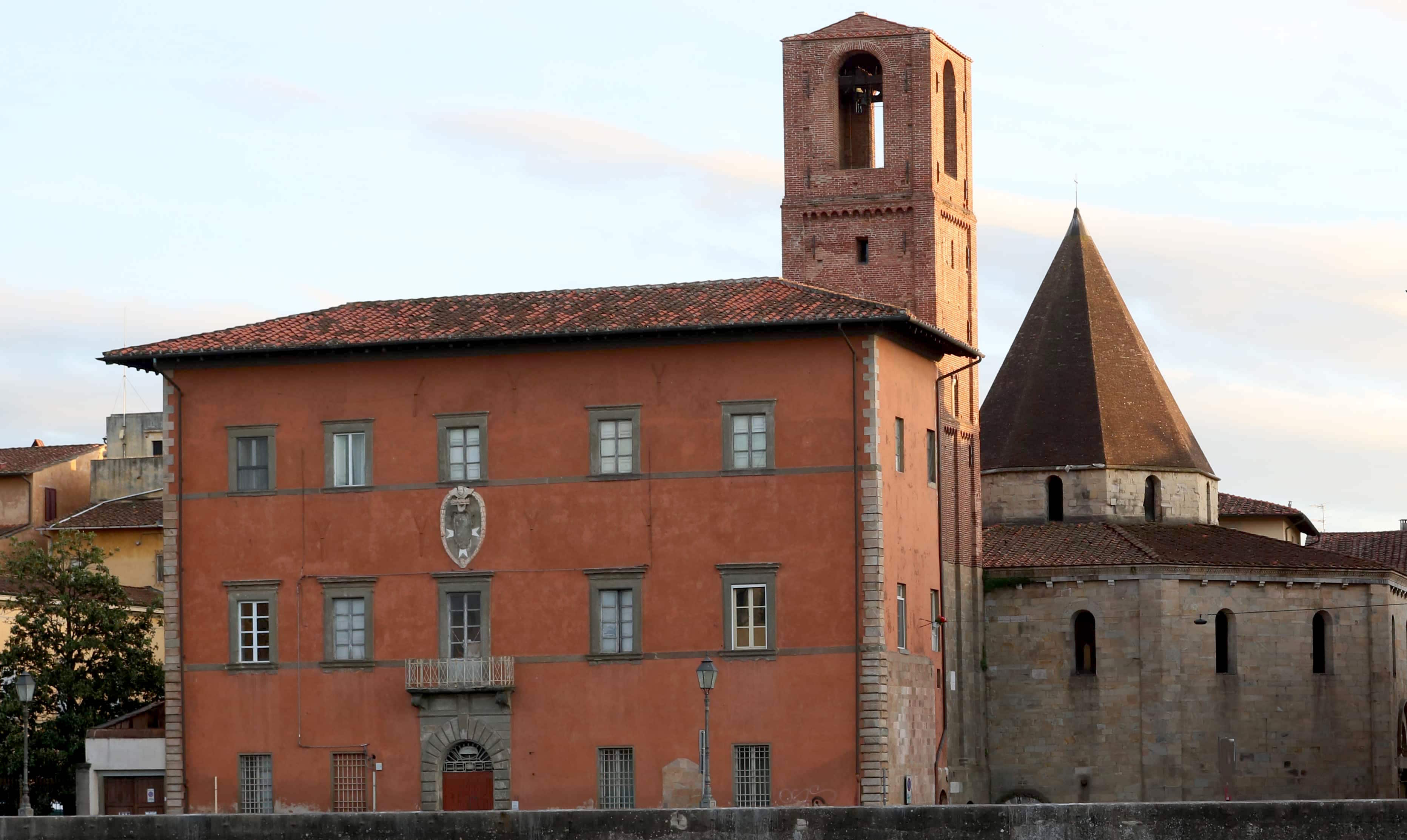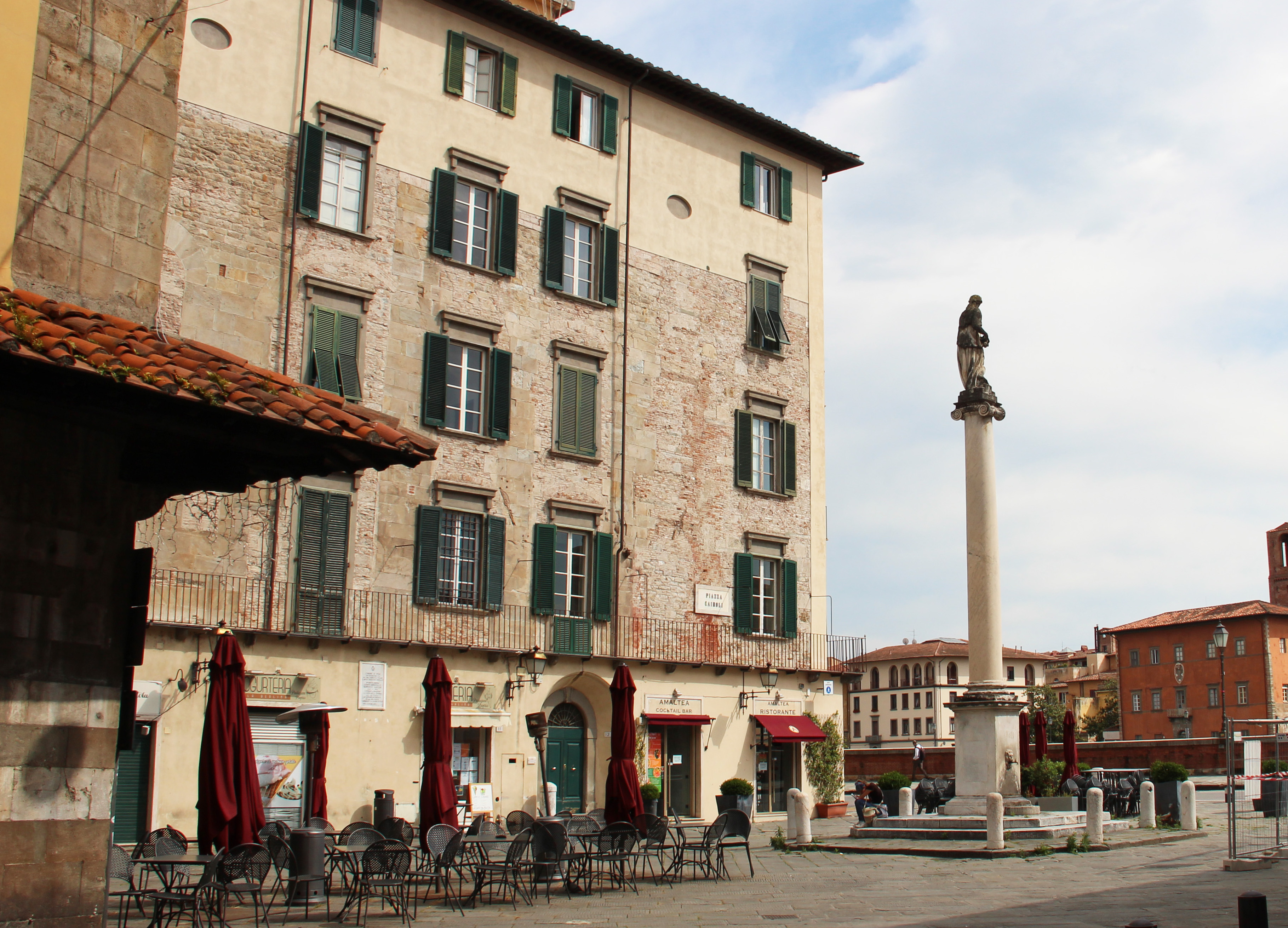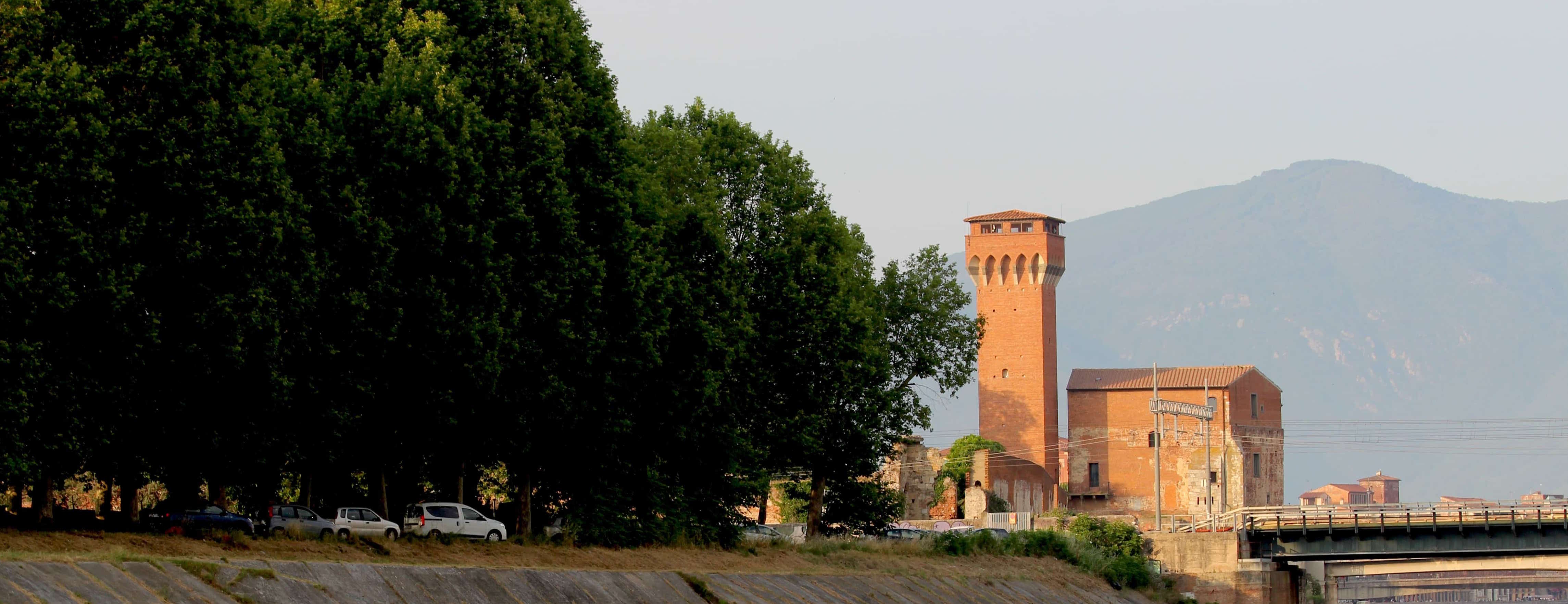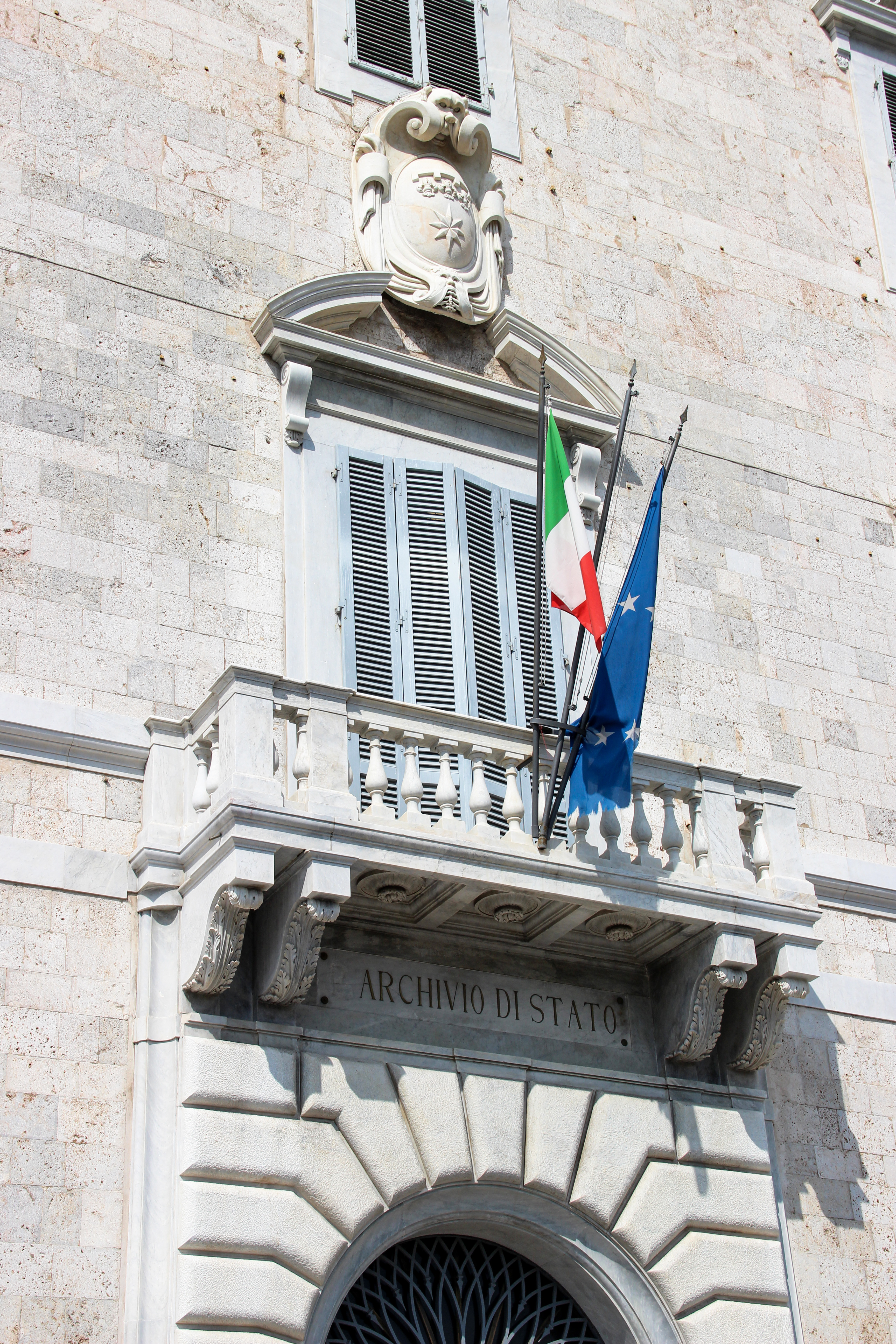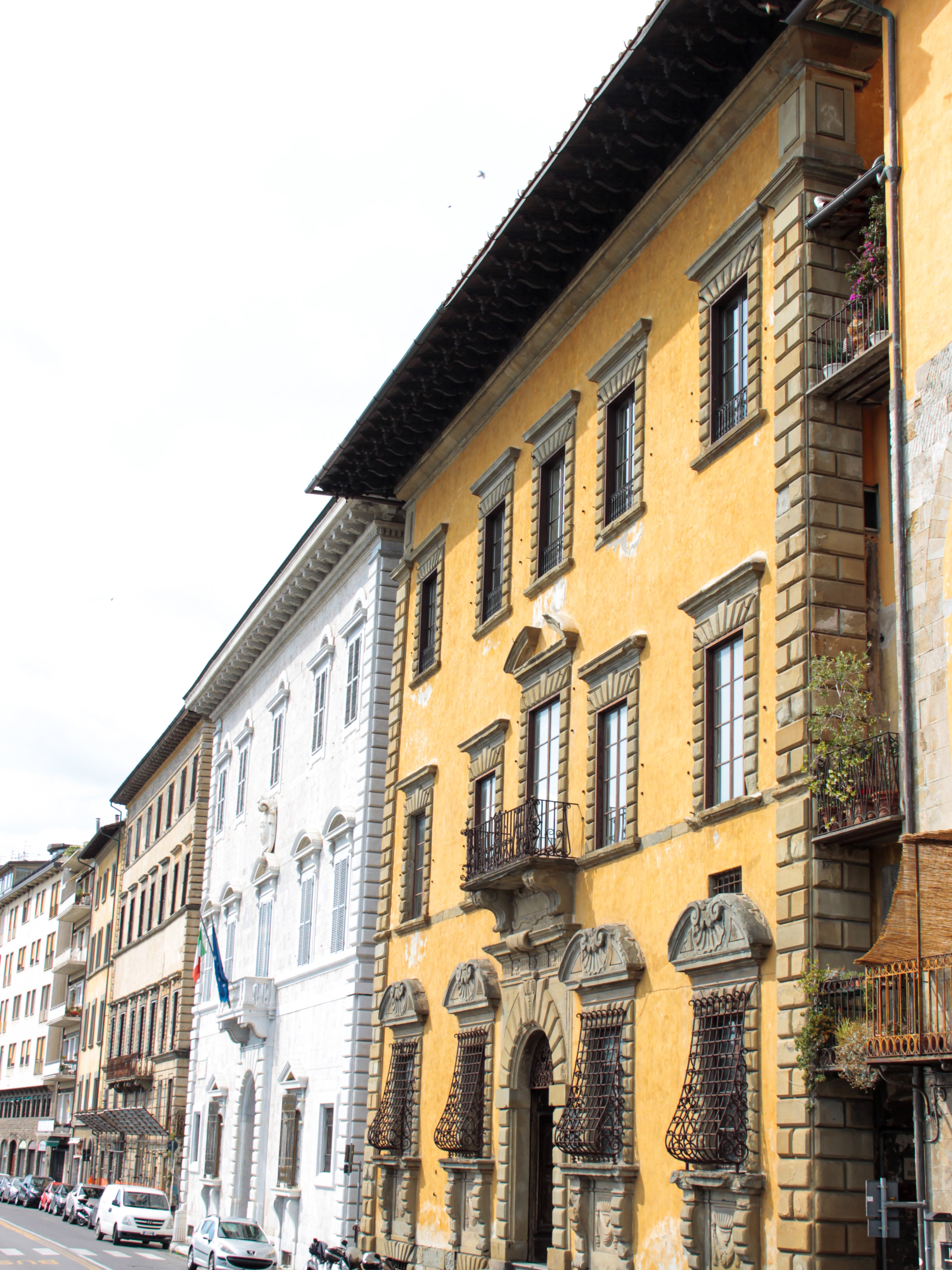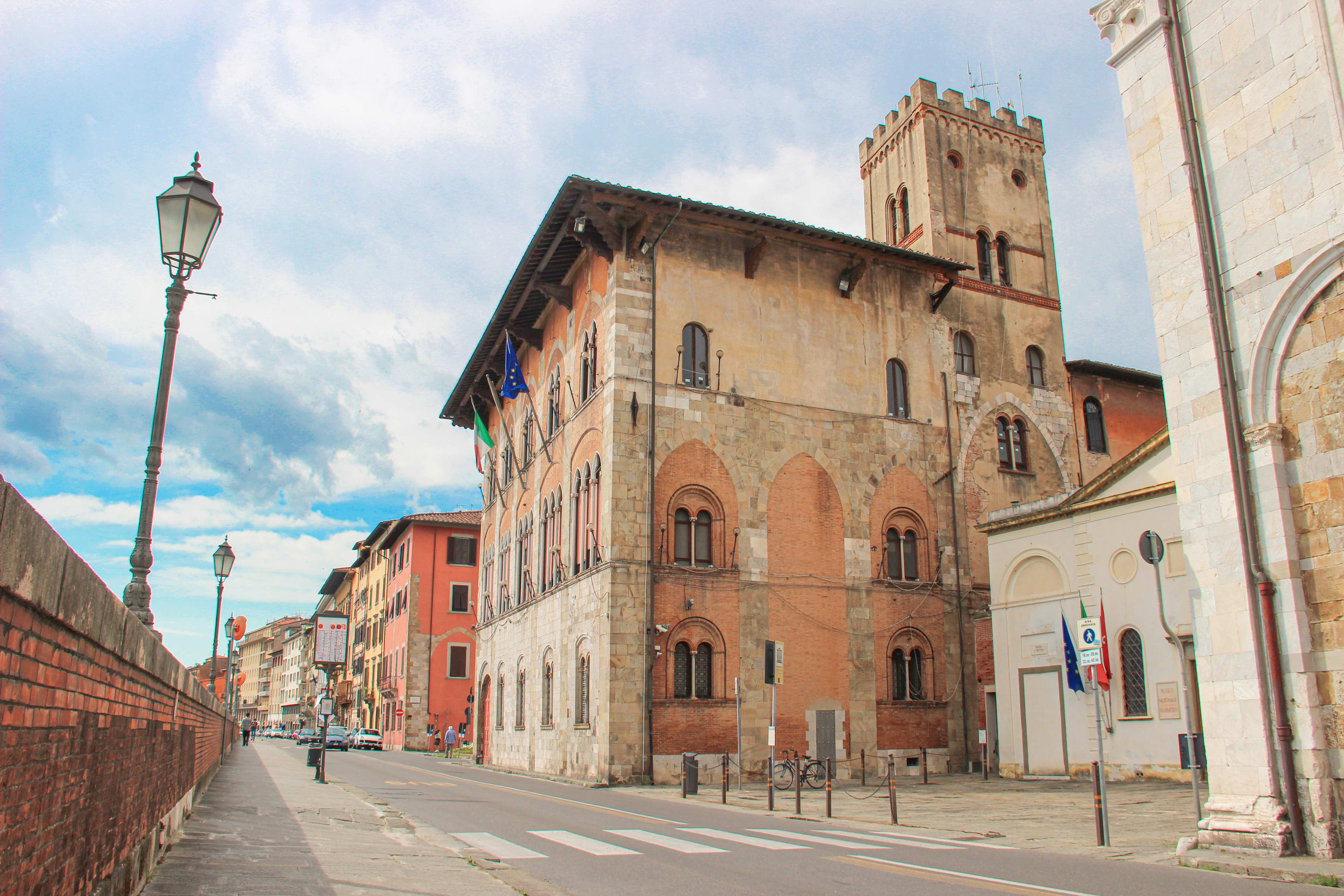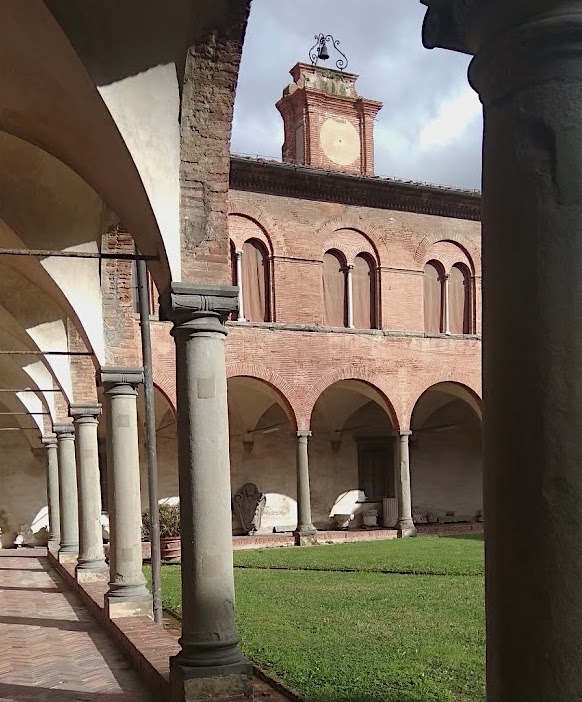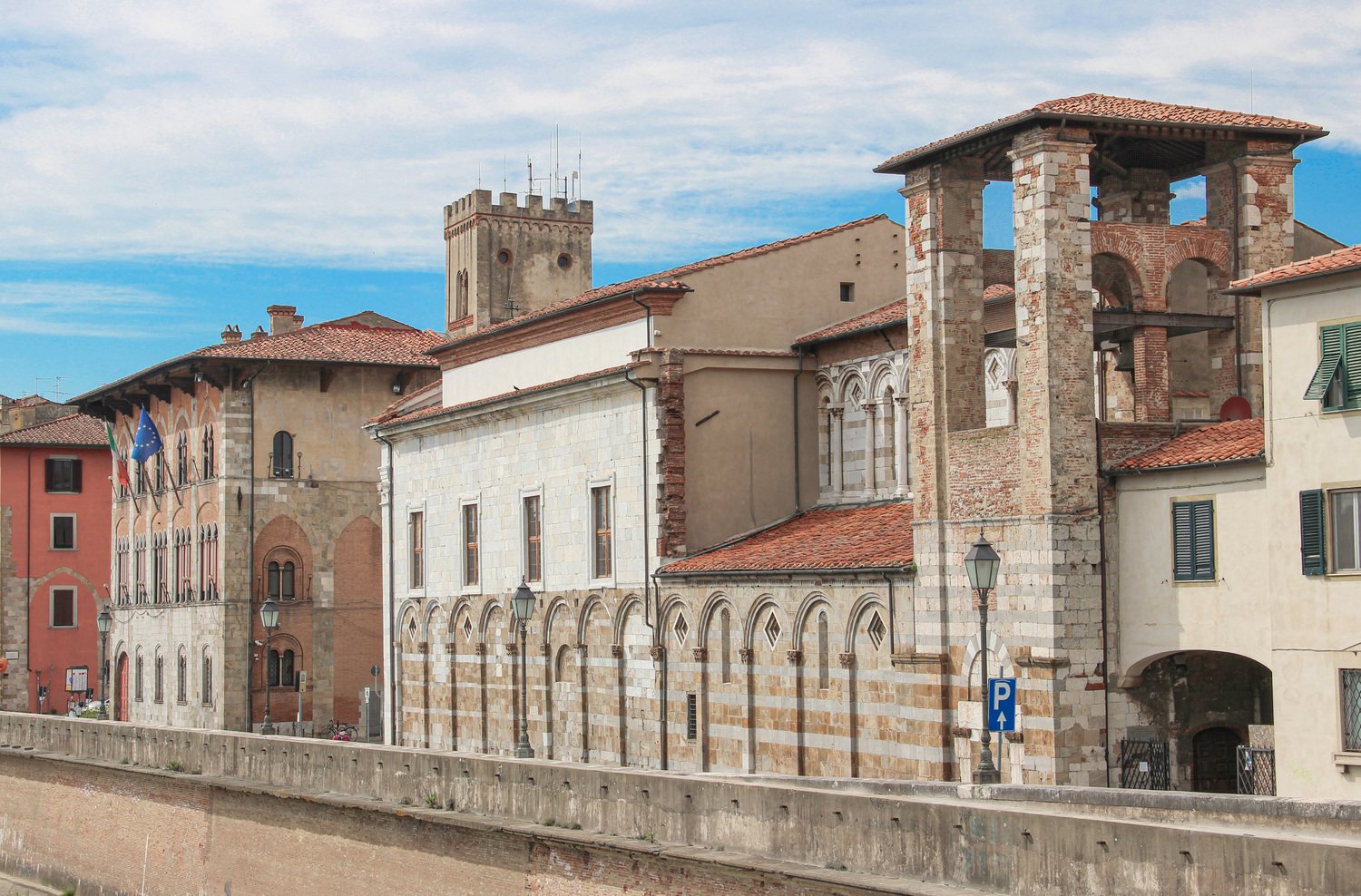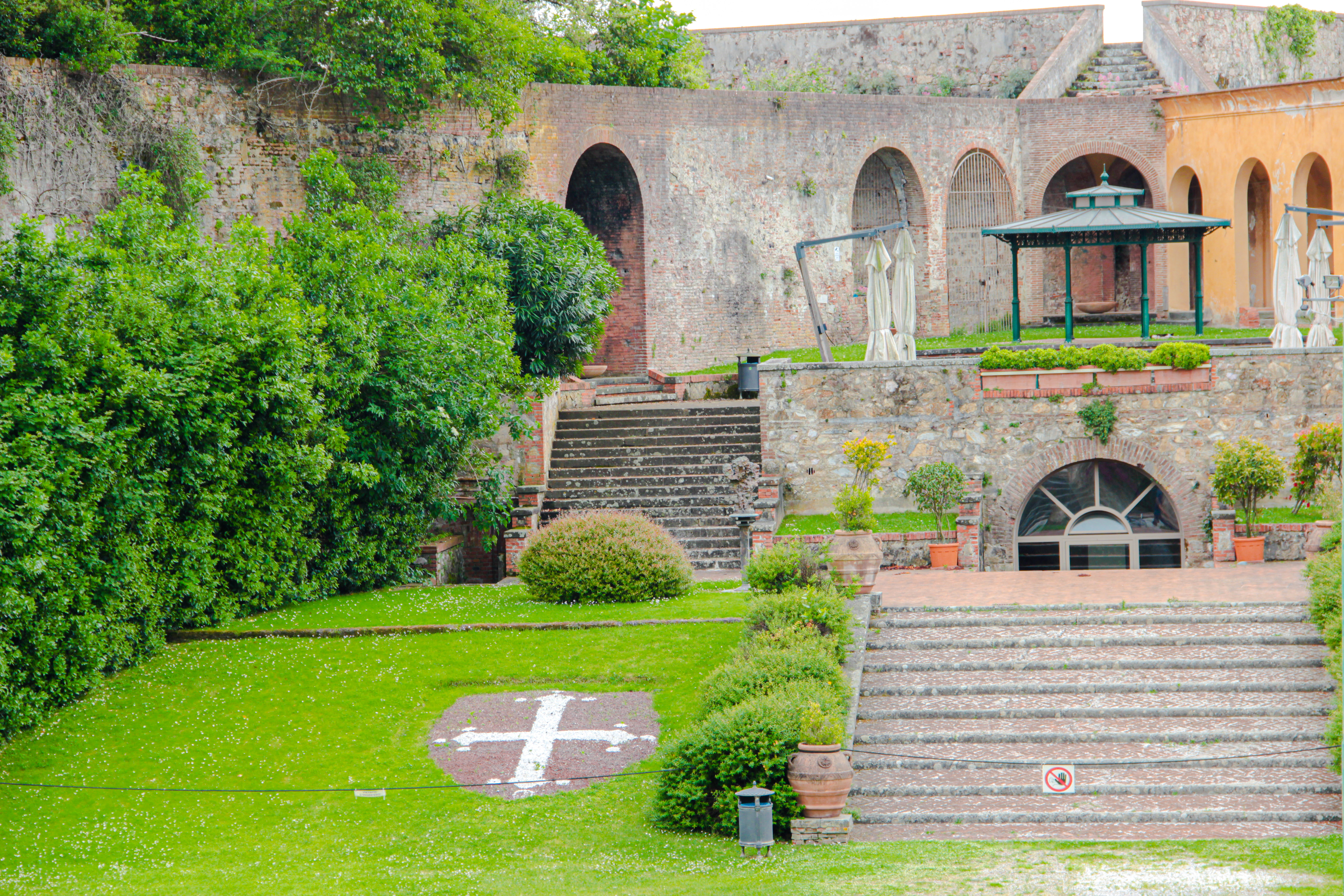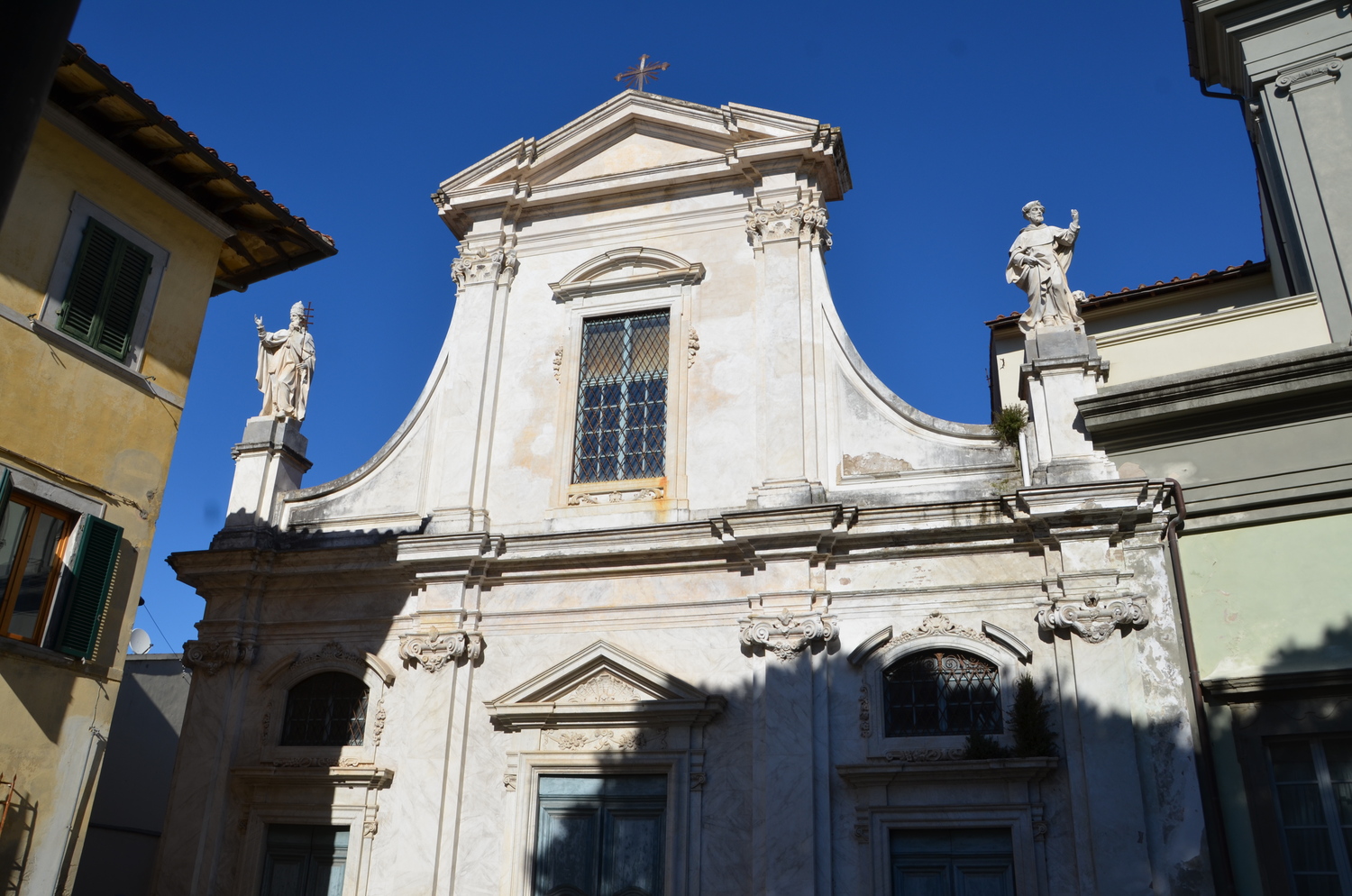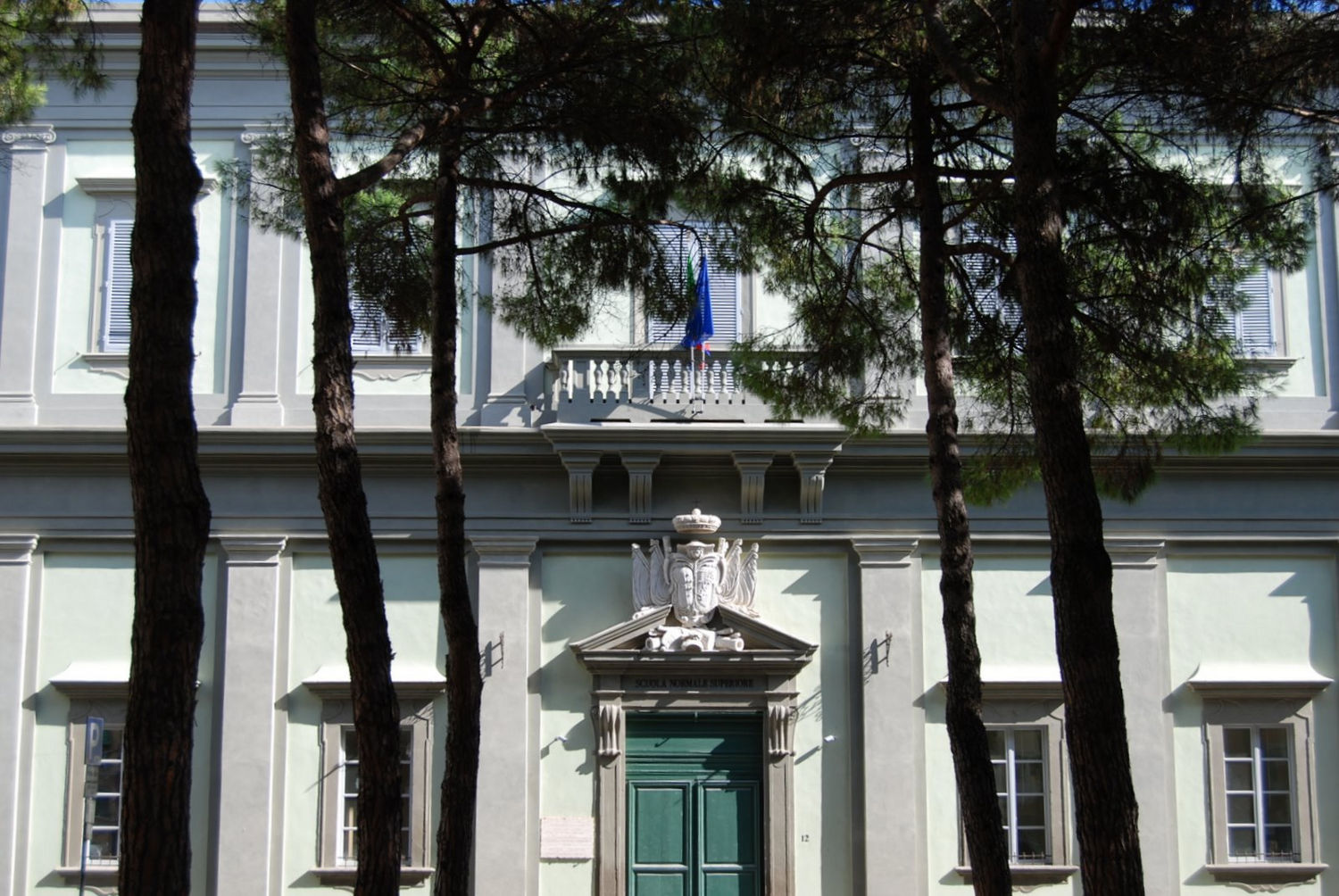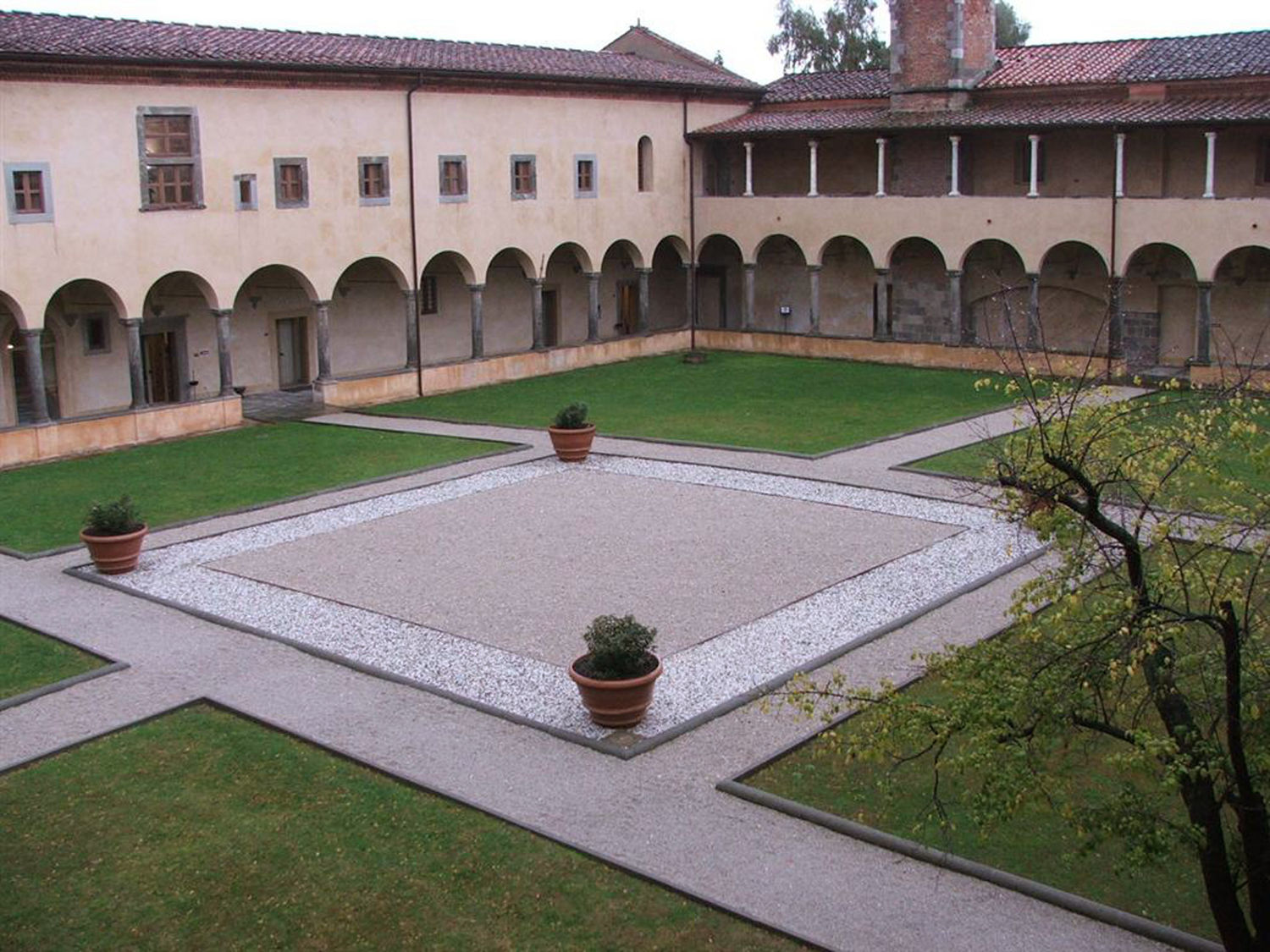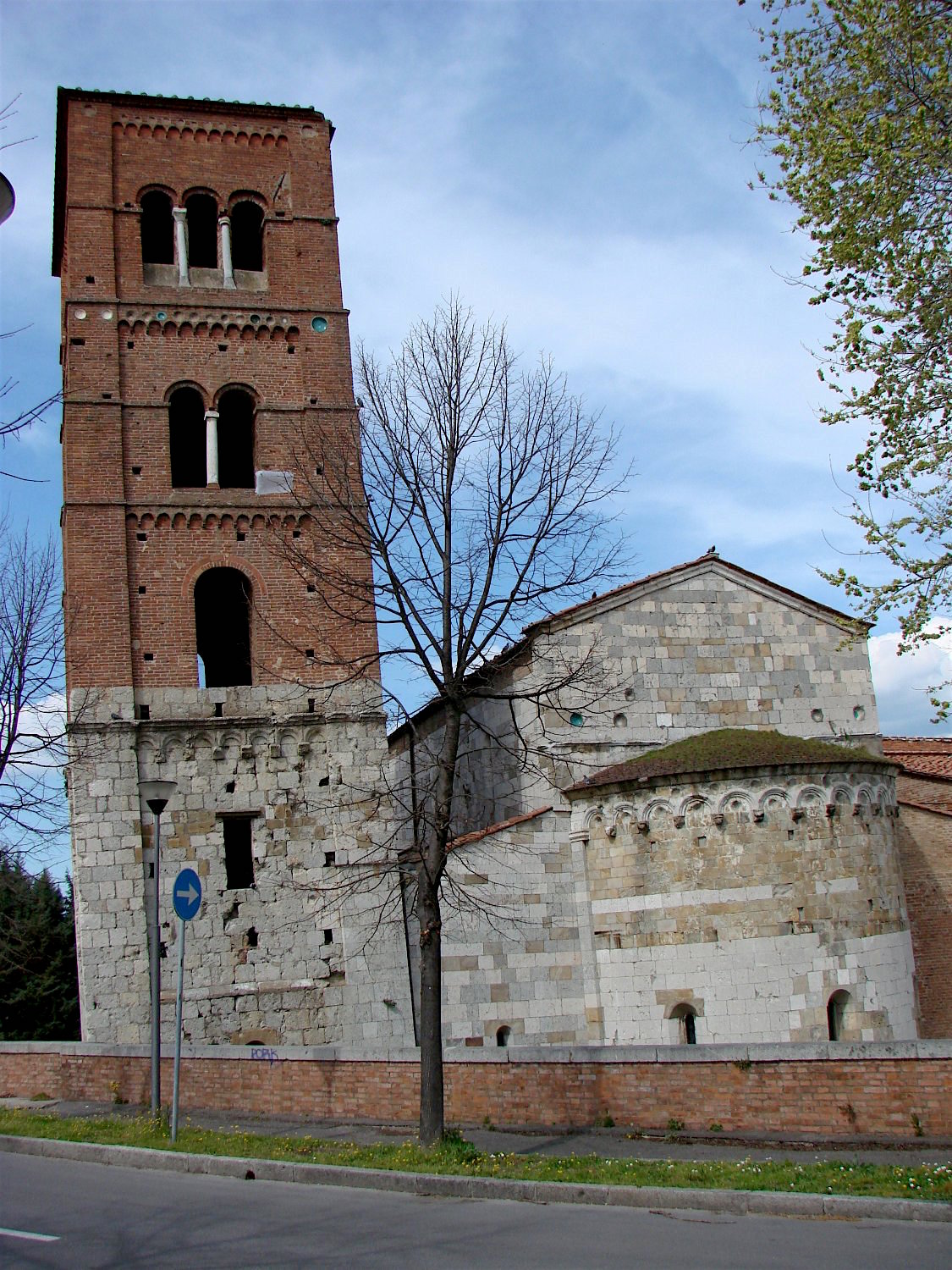Palazzo Reale, National Museum
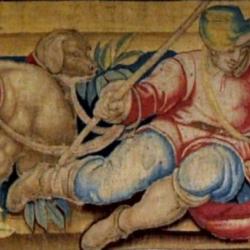
The present appearance of the Royal Palace, home to the dynasties that governed Pisa in modern times, is the result of rebuilding during the late 16th century, by will of Francesco I de’ Medici, who decided to abandon the “Palazzo Vecchio” situated beside Church of S. Matteo and buy the land and houses in the area between via S. Maria, the Church of S. Nicolas and the river l’Arno. The new palace is a single building overlooking the Lungarno. The only building previously on the site to be spared was the “Tower of the Golden Rod” (della Vergadoro), from which Galileo is said to have shown the night sky to the Grand Dukes, through his telescope.
Today, Palazzo Reale, headquarters of the Soprintendenza ai Beni Artistici, Paesaggistici e Demoetnoantropologici, also houses the collection of the Superintendency’s National Museum, instituted in 1989
Apart from a collection of antique armour from the Gioco del Ponte, an event exclusive to Pisa, dating from the middle ages, held every year on Ponte di Mezzo, there are many portraits of the Medici and Lorraine families, painted by famous artists such as Bronzino e Tempesti. There is also a collection of fine tapestries and valuable furniture that belonged to the Medici, Lorraine and Savoy families.
Thanks to donations and acquisitions, the museum possesses important collections relating to particular areas: the Ceci bequest, for instance, is a substantial group of 16th to 18th century Flemish and Italian paintings, antique furniture and precious ceramics from Italy and England. There is also a ample collection of plaster casts and paintings by Italo Griselli, a major Italian sculptor and portrait painter from the first half of the 20th century.
The museum also hosts interesting temporary exhibitions.

